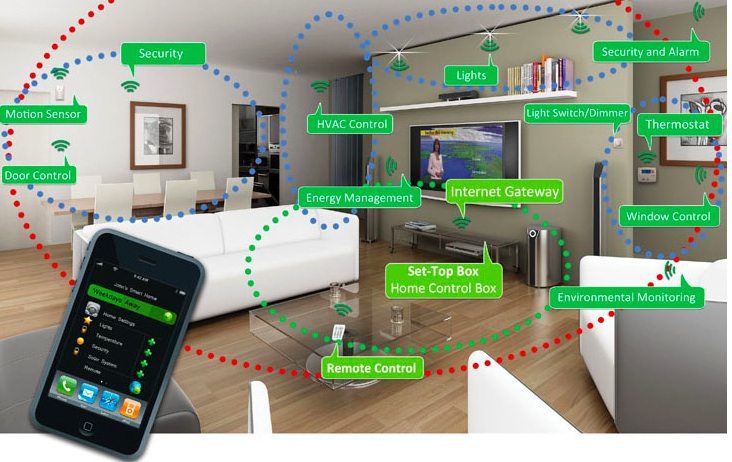“Internet of Things” is one of the hottest topics around today. The projected figures for the number of things to be connected and the revenue potential are huge. Gartner is predicting a 30-fold increase in IoT by 2020. In 2009 there were .9 billion connected units or things. Their projection for 2020 is for the connections to grow to 26 billion.
With all of this potential, it’s no wonder there are so many companies entering this space and so much confusion related to the true meaning of IoT. The good news is this is an exciting growth topic. The bad news is too many different definitions are in the public domain. Is M2M equivalent to IoT or a subset of IoT? What are things – sensors, appliances, wearables, vehicles, people, pets, etc?
At times I find there is an overabundance of thing-related discussions without any thought about the requirements for the services and ecosystem to make it all work. Because of that, these services sometimes seem boring, especially when it comes to wearables. Yes, I said boring. Take for example the endless supply of standalone fitness trackers. While a cool novelty, what would give these products longevity is the ability to actually react to the data, to share the data with more than other app users and have a service associated with the network connectivity. In a world of too many standalone devices – smart watches, fitness trackers, dog trackers, smart appliances – it gets confusing for the customer.
Specific to IoT, I recently spoke with a company who understands the requirements for an ecosystem in conjunction with the deployment of things. Greenpeak Technologies, founded in 2007 through the merger of a Dutch company called Xanadu Wireless and a Belgian company called Ubiwave, is working in the smart home space. Based in Utrecht, The Netherlands, the company provides wireless products and technology to OEMs and is working with companies worldwide to help develop the ecosystem for deployment.
Greenpeak has an interesting history. Its founder and CEO, Cees Links, was instrumental in the development of the first wireless LAN functionality launched in PCs and notebooks. Greenpeak talks about Sentrollers or the combination of sensors, actuators and controllers in one. Today’s Internet is really the ‘Internet of people’, as most of the devices utilizing the Internet have a person associated with them. In the future this will not be the case. Analysts predict that in the future there will be roughly 100 things for every single person connected to the Internet.
So what does all this mean? Let’s look deeper at Greenpeak’s smart home vision. They define three priorities in connecting the smart home – increased security, better energy efficiency and assisted living functionality. The key is how all three come together to enable a better smart home experience.
Zigbee is utilized to connect the devices within a smart home. Everything is controlled through a tablet or your smartphone, allowing you to monitor and control your home when you’re not there.
There needs to be an ecosystem to make it all work, though. Multiservice operators are beginning to offer services to enable the smart home – it can’t just be about the consumer hooking up some devices with an app to control it all. That’s too complicated, except for the more technical consumer, and the economics are still a tough sell. Linking with the connectivity to a centralized organization that can deploy, monitor and manage your devices is a more appealing economic discussion: Pay a monthly price to use what you need for your specific situation. And then consider the implications of connecting with first responders, medical facilities and utilities.
As the ecosystem grows, the options for services expand and the desirability to the end-user increases. Greenpeak understands that the ecosystem is required and that’s what makes their smart home vision an interesting one.


